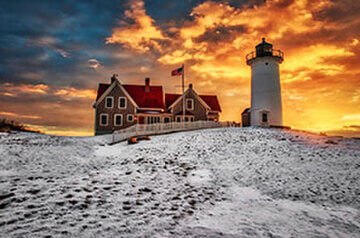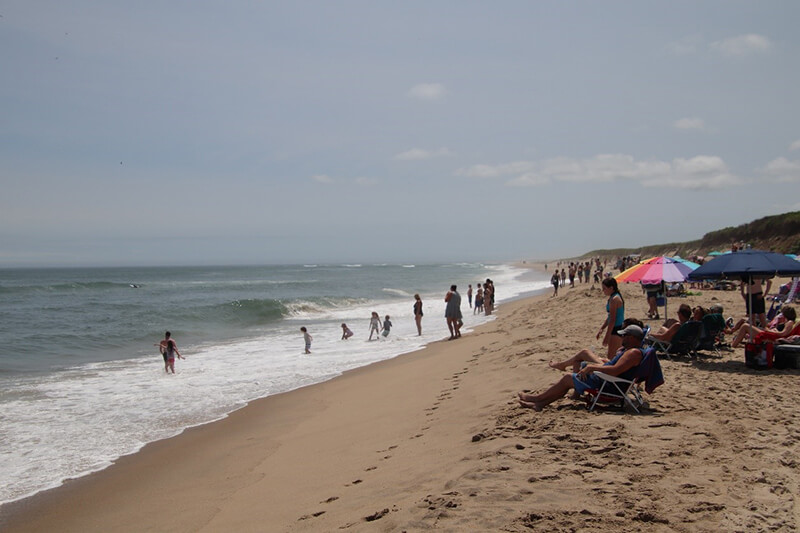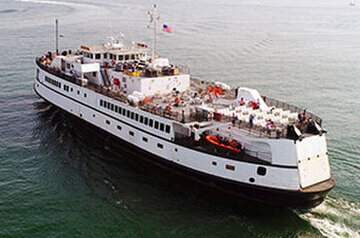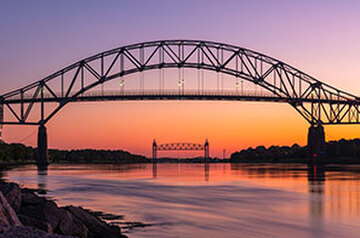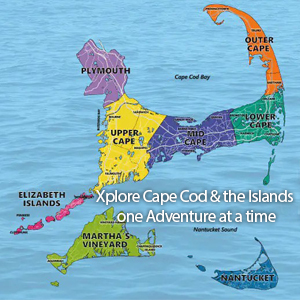How to Explore the Elizabeth Islands
By: Hannah Fillmore-Patrick
The Elizabeth Islands are a chain of islands separating Buzzards Bay and Vineyard Sound off the coast of Cape Cod. This long island chain makes up the Town of Gosnold and 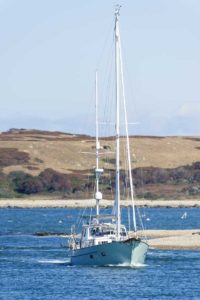 contains more than twenty islands, including Nonamesset, Uncatena, Naushon, Pasque, Nashawena, Penikese, and Cuttyhunk.
contains more than twenty islands, including Nonamesset, Uncatena, Naushon, Pasque, Nashawena, Penikese, and Cuttyhunk.
Let’s take a closer look at each of these spectacular islands:
Nonamesset is a private island owned by the Forbes family, which includes important figures like the businessman John Murray Forbes and the politician John Forbes Kerry. While the island is off limits to the public, boats can anchor in Hadley Harbor on the northern end of the island. If the inner harbor is crowded with boats and yachts (which it often is), consider sticking to the still waters of the outer harbor instead.
Uncatena is a small, uninhabited island that once lent its name to a busy sidewheeler steamer that ferried people between New Bedford, Martha’s Vineyard, and Nantucket in the early twentieth century. In 1948, the Pulitzer Prize-winning poet Robert Hillyer commemorated this iconic passenger ferry in his poem In Memoriam: Sidewheeler Uncatena. Today, Uncatena is a private island owned by the Forbes family.
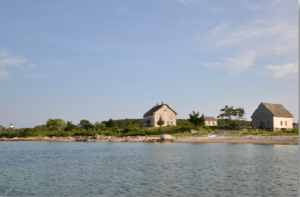
Naushon is the largest island in the Elizabeth Islands. Naushon Island Trust owns and operates this semi-private island, which select visitors can reach by private boat or ferry from Woods Hole. While boats can anchor almost anywhere, the public can only go ashore on Tarpaulin Cove, West Beach, and Kettle Cove. Naushon’s nineteenth-century inhabitants supposedly inspired some of the essays in Oliver Wendell Holmes’s The Autocrat of the Breakfast-Table.
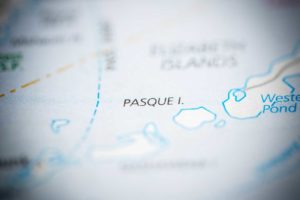 Pasque was, at the turn of the twentieth century, a striped bass fishing resort and a summer residence for the wealthy investor James Crosby Brown. Today, like many of the other private islands in the Elizabeth Islands, Pasque is owned by the Forbes family. The island is now mostly uninhabited and, unfortunately, blanketed in poison ivy.
Pasque was, at the turn of the twentieth century, a striped bass fishing resort and a summer residence for the wealthy investor James Crosby Brown. Today, like many of the other private islands in the Elizabeth Islands, Pasque is owned by the Forbes family. The island is now mostly uninhabited and, unfortunately, blanketed in poison ivy.
Nashawena is a large, mostly uninhabited private island that was once a productive sheep farm. When coyotes invaded the island (probably swimming from Woods Hole, as deer once did), the sheep population suffered massively. Today, the island’s inhabitants work with biologists to manage the island’s thick vegetation with cattle herds, which boaters can often spot wading in the water near Canapitsit Channel.
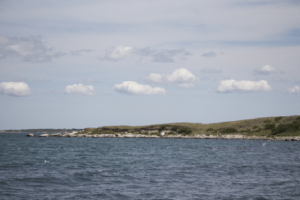
Penikese is a public island owned by the Commonwealth of Massachusetts. After serving as the site of naturalist Louis Agassiz’s school for natural history in the late nineteenth century, the island was the site of an early twentieth-century leprosy hospital, as well as the Penikese Island School for troubled boys. Today, it is a bird sanctuary where biologists can conduct scientific research. In the 1990s, for example, biologists successfully reintroduced the endangered American burying beetle to the island in a test experiment.
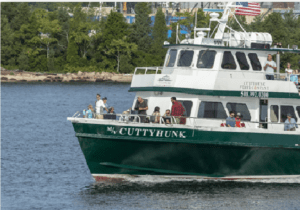
Cuttyhunk is a public island that sits at the end of the Elizabeth Islands. In the spring and fall, migratory birds often congregate on Cuttyhunk Island, as it’s the first (heading north) or last (heading south) landmass in the bay. As a result, birdwatchers can sometimes spot rare birds, like the painted redstart, in this migration funnel. More common bird sightings on the island include tree swallows, blue jays, the common grackle, and the double-crested cormorant.
Cuttyhunk’s population of humans also swells with the seasons. The year-round population of 20-30 residents swelling to nearly 250 in the summer months.
Town Hall Address:
28 Tower Hill Road
Cuttyhunk Island, MA 02713
Phone: (508) 990-7408
Cost of Stickers:
Beach Stickers: N/A
Transfer Station Stickers: Pay-per-bag















